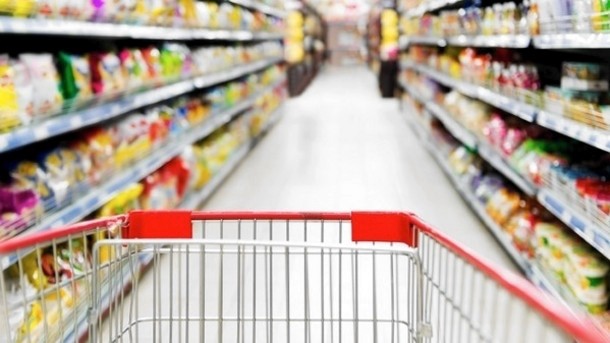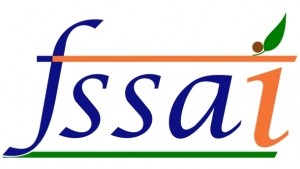South Asia radius
Indian food retail market predicted to more than double in five years

Currently worth INR25tr (US$369bn), the market has the potential to triple in the next five years, said VK Singh, minister for statistics, on the release of the India Food Report 2016.
The bombastic study, which is heavily supportive of government policy, said that food retail will be helped by a wave of political reforms, despite expected resistance to these by opponents.
Speaking at the India Food Forum, Singh said: “India will be a growth story of the world five years from now as the risks for the investors will be lesser than the gains.”
The report predicts that the market will be worth INR35.6tr by 2017 and INR61tr by 2020. Currently, dry grocery items, including cereals, grains, pulses, sugar, edible oil and dry fruits, account for 34.7% of the market, while milk and dairy products make up a further 16%.
Sales of spices are worth INR1.5tr crore, fresh produce comes in at INR3.9tr and perishables come to a value of INR2tr.
The government report highlighted changing Indian tastes as one of the drivers behind increasing food consumption. It said that Indians had become more open to western foods like noodles, breakfast cereals, packaged juices and oats.
Segueing to “Make in India”, Singh called on retail investors to support the government’s pet economic policy by putting more emphasis on markets beyond India’s metro cities. Successful retail businesses would see most success if they placed equal focus on urban, semi-urban and rural locations, he said.
He added that the government plans to make inroads in tackling the need for retailers to secure 46 licences in order to operate a store—an issue that investors have been increasingly vocal about addressing.
More stories from south Asia...
FSSAI singles out 8,000 pre-approved additives
India’s food regulator has directed all state food-safety authorities to implement new standards for food additives following the approval of 8,000 items last month.
The Food Safety and Standards Authority of India uploaded the approved additives, the food categories in which they can be used, and the permissible limits for them on its website on December 13.
“It is directed that the enforcement official in your state/union territory be instructed to implement the said standards for food additives in various food categories," the FSSAI said in memo to state food safety departments.
The regulator is in the process of preparing new rules for product approvals after an earlier process was quashed last year by the Supreme Court, which deemed it illegal.
The new process may only subject product approvals for new ingredients or additives that are not on the list of 8,000. This system, which the Indian food industry has been calling for increasingly vocally, is based on food standards across various developed countries.
44.9% of food samples fail Lucknow safety tests
Almost 45% of the 289 samples collected by the Food Safety and Drugs Administration laboratory in Lucknow failed food safety testing in the final nine months of 2015.
The lab first drew attention to supposed excess levels of lead and monosodium glutamate in Maggi noodles last year ahead of a row that saw the Nestlé brand taken off the shelves for several months.
According to Times of India, the Uttar Pradesh FSDA authorities, which run the Lucknow facility, collected almost INR14m (USD$200,000) in fines from 33 defaulters.
"From April to December last year, we conducted as many as 1,019 inspections during which our team collected 289 samples,” said JP Singh, chief food safety officer.
“Once the samples are found to be substandard or unfit for consumption, a period of one month is given to the defaulters, in case anyone asks for a re-analysis. After a period of one month, the file is sent to Lucknow to seek permission to file a case. We found that 130 samples had failed the test.”
Out of these failed samples, 91 were found to be substandard, 13 were unsafe and 26 violated preparation regulations. Milk constituted the most fails, with 69 milk samples taken and 18 deemed unsuitable.
"The huge number of failed samples is an indication that the defaulters concerned will now think twice before selling adulterated food,” Singh added. “This does not mark incompetency [on the part of food safety inspectors]; rather it points out the fact that we have been able to bring these defaulters to public notice.”
Pune bans unhealthy snack foods from school system
Pune’s education authority has banned food high in fat, salt and sugar in public school canteens with immediate effect.
In a circular, the Central Board of Secondary Education told schools that unhealthy food and drink items, such as carbonated drinks, pizzas, burgers, chips and confectionery, will no longer be allowed.
Instead, schools must form “school canteen management committees” comprising parents, teachers, pupils and canteen operators to monitor food outlets for items that contravene guidelines.
Additionally, pupils will find that their own packed lunches are subject to inspections by school staff to make sure their contents are healthy. Schools will also be required to take measures to make sure unhealthy foods are not sold within 200 metres of its premises.










